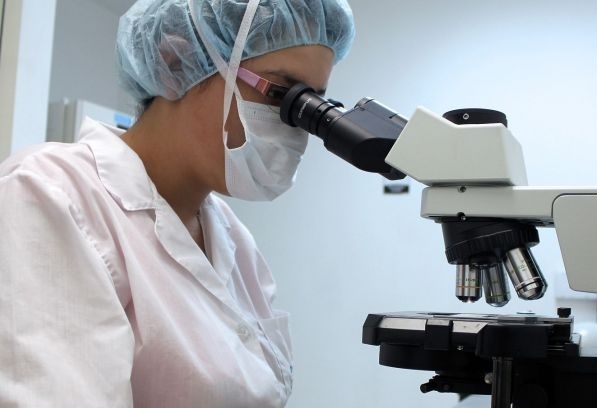



Scientists discover new human organ hiding in plain sight

Baku, March 30, AZERTAC
Scientists in the US have identified a new human organ hiding in plain sight, in a discovery they hope will help understand how cancer spreads within the human body, according to The Irish Times.
Layers long thought to be dense, connective tissue are actually a series of fluid-filled compartments, which researchers have termed the “interstitium”. Its existence was demonstrated using a new technique for generating images from inside the human body.
These compartments are found beneath the skin, as well as lining the gut, lungs, blood vessels and muscles, and join together to form a network supported by a mesh of strong, flexible proteins. Analysis published in the journal Scientific Reports is the first to identify these spaces collectively as a new organ and try to understand their function.
Remarkably, the interstitium had previously gone unnoticed in spite of being one of the largest organs in the body, the authors note. The team behind the discovery also suggest the compartments may act as “shock absorbers” that protect body tissues from damage. It was widely believed there are 79 organs in the human body, the interstitium would make the 80th.
Medical researchers at Mount Sinai Beth Israel Medical Center in New York Dr David Carr-Locke and Dr Petros Benias came across the organ while searching for signs of cancer in a patient’s bile duct. They noticed cavities that did not match any previously known human anatomy, and approached New York University pathologist Dr Neil Theise.
They realised traditional methods for examining body tissues had missed the interstitium because the “fixing” method for assembling medical microscope slides involves draining away fluid – therefore destroying the organ’s structure.
Instead of their true identity as bodywide, fluid-filled shock absorbers, the squashed cells had been overlooked and considered a simple layer of connective tissue, they concluded.
“It’s a fluid cell highway,” Dr Theise explained in an CNBC interview. “When [cancerous cells] get into this layer, that’s when they spread.”
They attack the body by rapidly multiplying and are at their most deadly when they reach the lymph nodes. By this point, treatment becomes very difficult and chances of survival decrease. It’s ideal to catch the mutated cells before they reach the lymph nodes, but some types of cancer, such as urinary cancer, are not possible to screen.
The organ’s structure and functionality may help researchers learn why certain types of cancer - such as skin, breast and stomach cancers - spread and lead to improved treatments against aggressive cancers.
Azerbaijan administered 70 COVID-19 jabs over past week
Azerbaijan logged 111 new COVID-19 cases over past week
Azerbaijan administered 166 COVID-19 jabs over past week